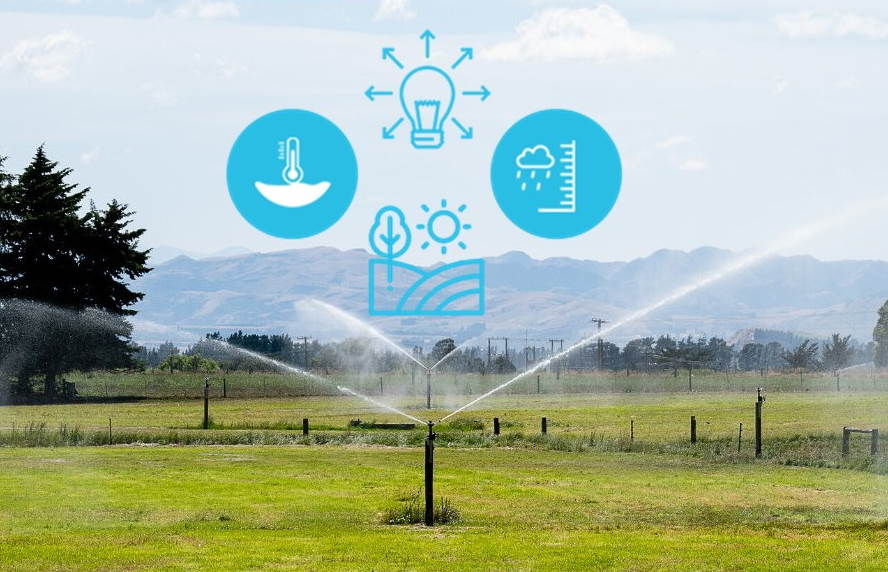Reliable weather forecasting helps influence your irrigation scheduling to ensure the soil moisture levels can be balanced. This is important for all types of agricultural production, from both a yield and compliance perspective.
Metris is one of New Zealand’s weather forecasting and measurement experts, and they have an insightful weather outlook newsletter.
Their October 2022 newsletter is particularly relevant after the extreme weather events of recent months.
Canterbury’s summer prediction looks warmer than average with below normal rainfall. This will initially come as a welcome reprise but for how long…
Elevated temperatures and reduced rain will help show the value of smart solid set irrigation systems.
If the summer is going to be hot and dry, planning for it at the start of the irrigation season is crucial.
How will you change the irrigation schedule to mitigate water availability?
How will you change the application rate to help maximise the growth yield and response rate?
Do you need an extra irrigation schedule (eg “shoulder season”) pre-configured and ready for use?
With our IMS technology, it is easy to create multiple irrigation schedules and “group” the sprinkler to form management zones. The irrigation start time and duration for each group of sprinklers is then configured – this will become more important during the hotter and dryer days.
We can’t control the weather, but with IMS, the variable rate irrigation (VRI) system for solid set, we can control when and where you apply irrigation.
Weather forecasting and atmospheric science is a complex field and includes phrases such as “negative Indian ocean dipole” and “a triple-dip La Niña”.
Is the La Niña phase slowly easing and what is the significance of these for New Zealand farming?
Both of these terms are mentioned in the Metris publication, and we encourage you to register for the newsletter to assess how relevant it is to your location and farm system.

